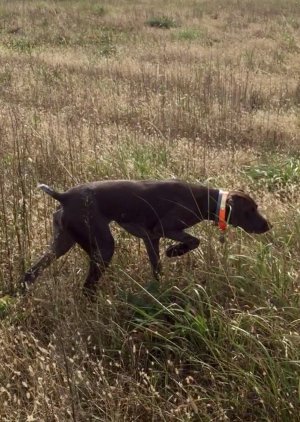Catscratch
5 year old buck +
When I was a kid in the early 90’s I remember a few coveys from time to time on my parent’s place. Haven’t seen or heard one in YEARS. Three things, I think, lead to the demise in quail numbers here in North Texas.
1.) Herbicides. This is cattle country, and fields have been sprayed clean from fencerow to fencerow for decades. Because of this, nesting habitat is poor, the grasses are FAR too thick at ground level for poults, and there are hardly any food sources left for winter.
2.) Loss of trapping. Fur prices and social changes have led to a catastrophic drop in trapper numbers, which in turn has led to nest predator numbers that are SKY HIGH. Nest predation is insanely high.
3.) Fire Ants. In a 1995-2000 research project, Texas Parks and Wildlife found that invasive red fire ant populations accounted for up to 75% of annual quail abundance variation. Quail are a fragile species as it is, but you throw an ADDITIONAL stressor with 75% mortality in the mix and they don’t stand a chance.
Sent from my iPhone using Tapatalk
You are the first person (besides me) that I've talked with that thinks pasture spraying has something to do with it. Aerial spraying of pastures has become very popular up here. Thousands and thousands of acres sprayed yearly. Their cocktails kill all broadleafs and forbs, only leave grasses. I also think this is important for our loss of prairie chickens too. No forbs, no seeds, no bugs, no birds.
 That is also what happened to our sumac, plum, dogwood, you name it................
That is also what happened to our sumac, plum, dogwood, you name it................



